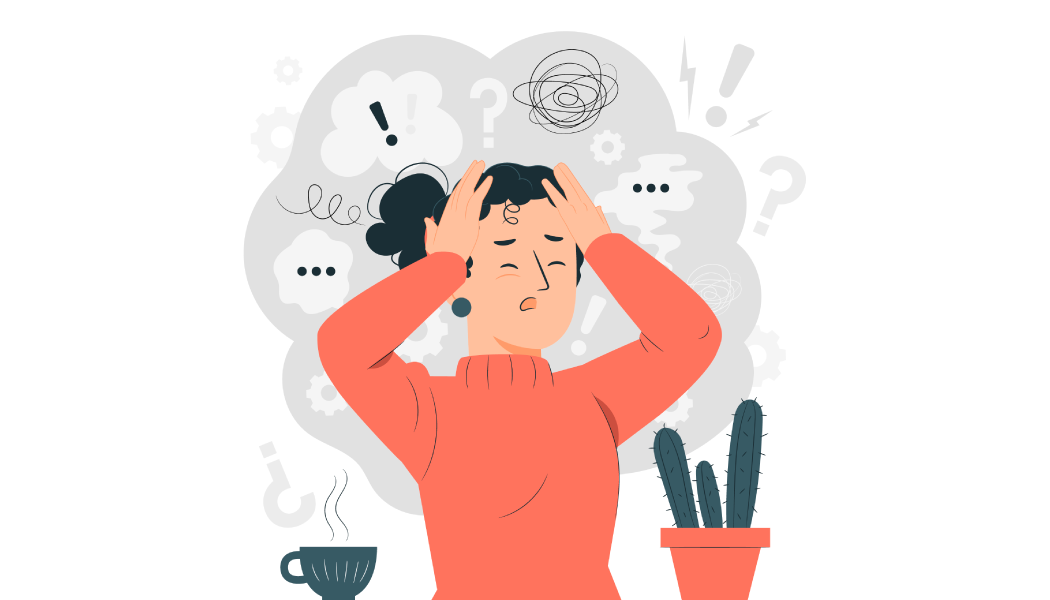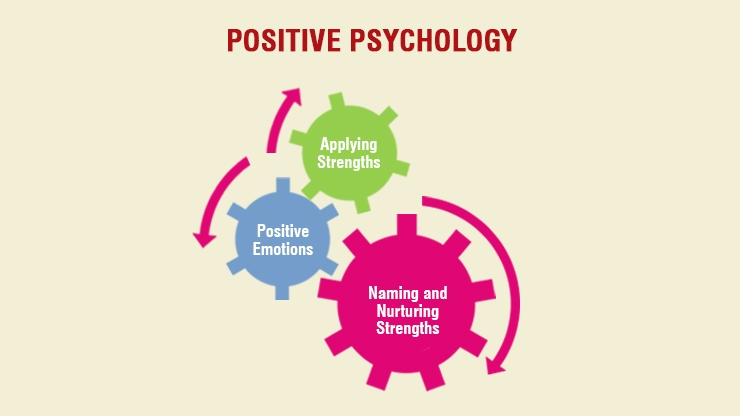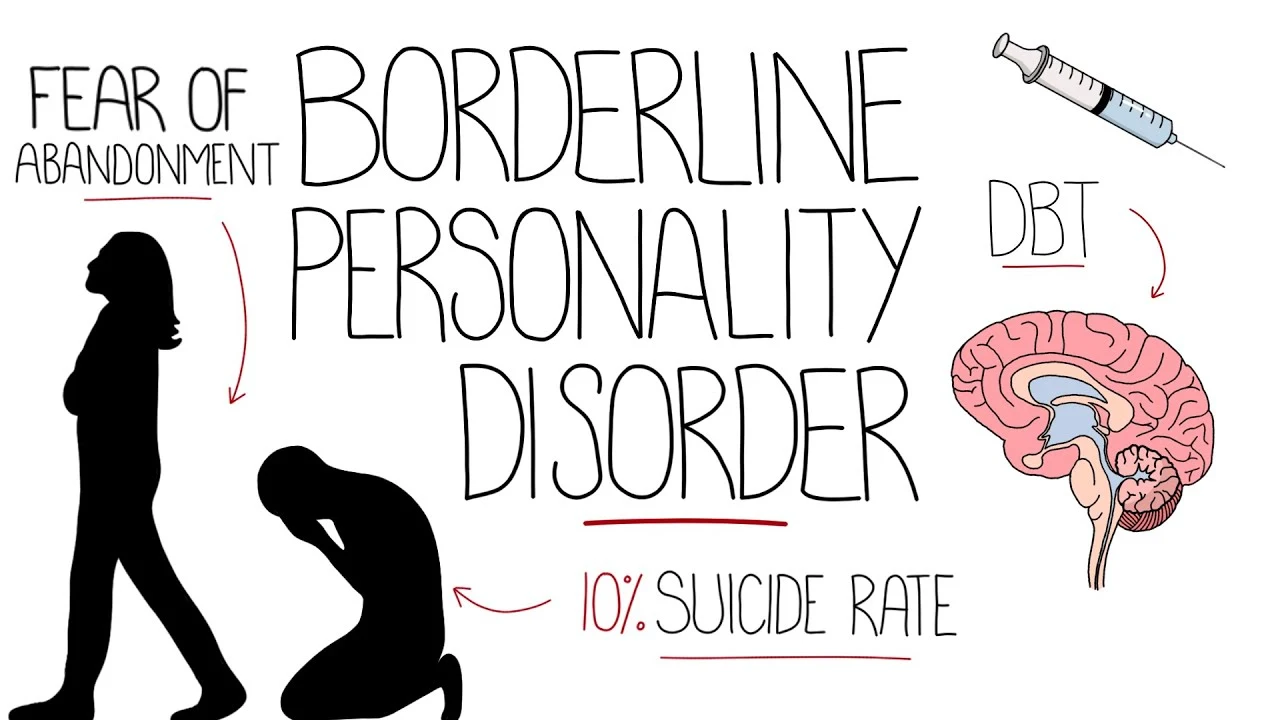Understanding Anxiety Disorders: A Closer Look at a Common Mental Health Condition
Introduction
Anxiety disorders are among the most prevalent mental health conditions, affecting millions of people worldwide. While it is normal to experience occasional worry or nervousness, anxiety disorders involve excessive and persistent fear and anxiety that can significantly impact an individual’s daily life. In this article, we will delve into the different types of anxiety disorders, their symptoms, causes, and available treatment options.
Types of Anxiety Disorders
- Generalized Anxiety Disorder (GAD) GAD is characterized by chronic and excessive worry about everyday life events and situations, even when there is no apparent reason for concern. Individuals with GAD often struggle with controlling their worry, which can interfere with their ability to concentrate, relax, and engage in daily activities.
- Panic Disorder Panic disorder involves recurrent and unexpected panic attacks. These attacks are intense episodes of fear that can be accompanied by physical symptoms like a rapid heartbeat, shortness of breath, dizziness, and a sense of impending doom. People with panic disorder often worry about experiencing future panic attacks, leading to avoidance behavior.
- Social Anxiety Disorder (SAD) SAD, also known as social phobia, is characterized by an intense fear of social situations or performance situations where individuals may feel embarrassed, humiliated, or judged. This fear can lead to avoiding social interactions, which can significantly impact personal relationships and professional opportunities.
- Specific Phobias Specific phobias are intense and irrational fears of specific objects, situations, or activities. Common examples include fear of spiders, heights, flying, or needles. Exposure to the feared object or situation often triggers immediate anxiety or panic responses.
- Obsessive-Compulsive Disorder (OCD) OCD involves intrusive, unwanted thoughts or obsessions that create anxiety. To alleviate these anxieties, individuals engage in repetitive behaviors or mental rituals known as compulsions. OCD can significantly impact daily functioning and lead to distress and frustration.
Causes and Risk Factors
While the exact causes of anxiety disorders are not fully understood, a combination of genetic, environmental, and psychological factors is believed to play a role. Some common risk factors include a family history of anxiety disorders, a history of trauma or abuse, chronic medical conditions, and substance abuse.
Treatment Options
- Psychotherapy Psychotherapy, particularly cognitive-behavioral therapy (CBT), is often the first-line treatment for anxiety disorders. CBT helps individuals identify and challenge negative thought patterns and beliefs, develop coping strategies, and gradually confront feared situations through exposure therapy.
- Medications Antidepressants and anti-anxiety medications may be prescribed to help manage symptoms of anxiety disorders. These medications can provide short-term relief and may be used in conjunction with therapy for more severe cases.
- Lifestyle Modifications Engaging in regular exercise, practicing relaxation techniques (such as deep breathing and meditation), maintaining a healthy diet, and getting adequate sleep can significantly reduce anxiety symptoms.
- Support Network Building a strong support network of family, friends, or support groups can provide emotional support, understanding, and encouragement during challenging times.
Conclusion
Anxiety disorders can be debilitating and significantly impact an individual’s quality of life. However, with proper diagnosis and treatment, people with anxiety disorders can find relief and regain control over their lives. If you or someone you know is struggling with anxiety, reaching out to a mental health professional is the first step toward recovery. Remember, you are not alone, and help is available.
![]()





